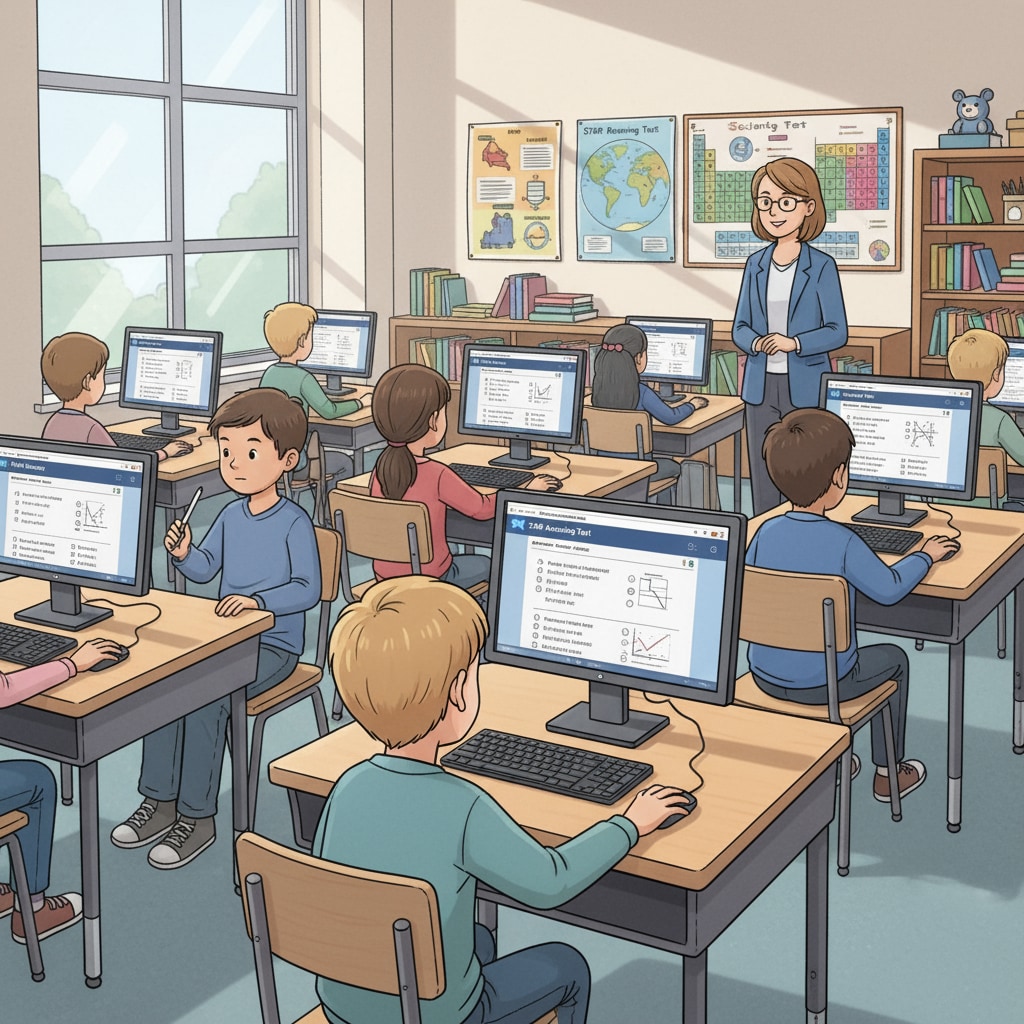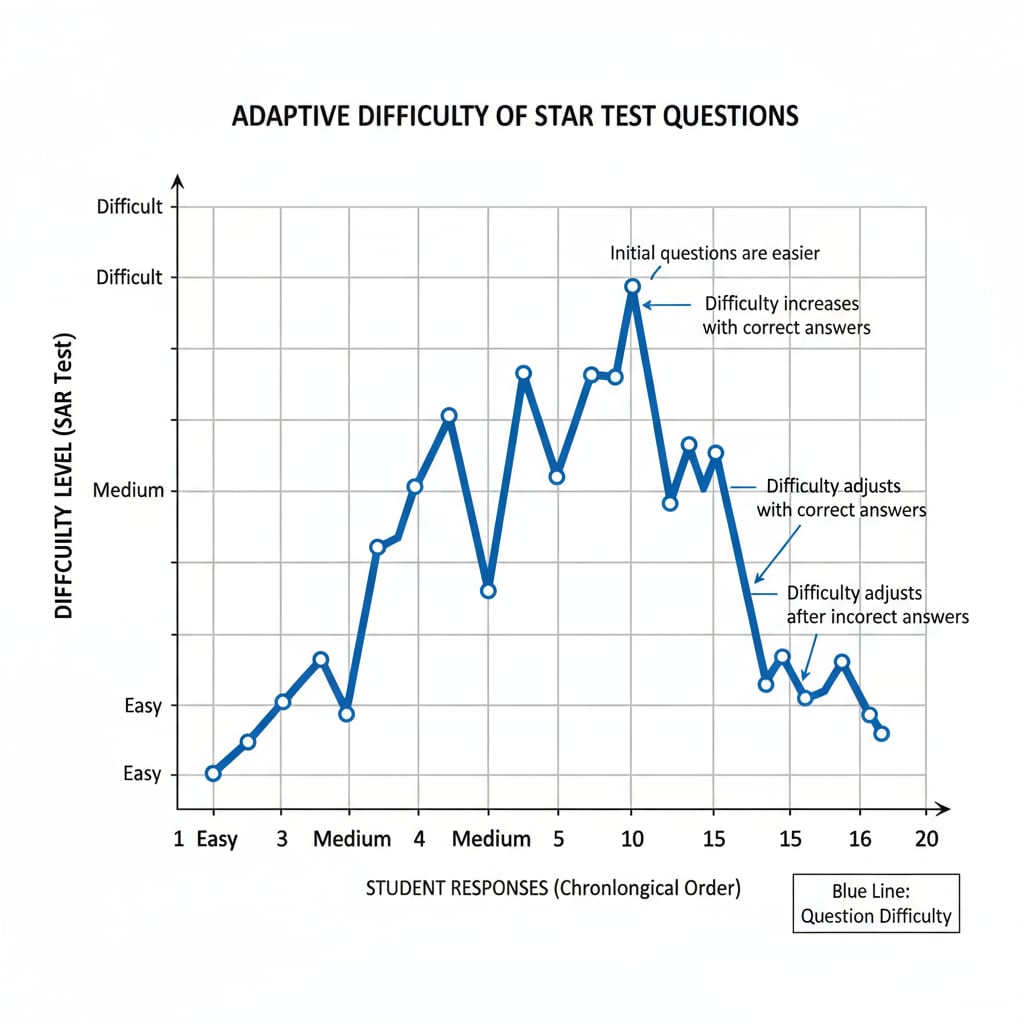In the realm of K12 education, STAR testing, percentile rankings, and academic assessments play crucial roles. STAR testing, in particular, has become a cornerstone for evaluating students’ academic progress. But how reliable are these test scores, and what do they truly signify? Let’s take a closer look.

The Basics of STAR Testing
STAR (Standardized Testing and Reporting) is a computer – adaptive assessment widely used in schools across the United States. It is designed to measure students’ proficiency in reading, mathematics, and language arts. The computer – adaptive nature of the test means that the questions adjust based on the student’s responses. For example, if a student answers a question correctly, the next question will be more challenging. Conversely, if an answer is incorrect, the subsequent question will be easier. This method aims to accurately gauge a student’s knowledge level. According to American Institutes for Research, STAR testing provides valuable insights into students’ academic strengths and weaknesses.

Deciphering Percentile Rankings
Percentile rankings are a key component of understanding STAR test results. A percentile rank indicates the percentage of students in a specific group (usually of the same age or grade) who scored lower than a particular student. For instance, if a first – grader has a percentile rank of 75 in reading, it means that they scored higher than 75% of their peers in the same grade. This ranking system helps parents and educators place a student’s performance in context. As explained by National Center for Education Statistics, percentile rankings are not absolute measures of a student’s knowledge but rather a comparison to others in the same group.
However, it’s important to note that a single percentile ranking doesn’t paint a complete picture. A student’s performance can be affected by various factors such as test anxiety, lack of sleep, or unfamiliarity with the test format. Therefore, percentile rankings should be considered in conjunction with other aspects of a student’s academic record.
The Reliability of STAR Test Scores
The reliability of STAR test scores has been a topic of much discussion. On one hand, the computer – adaptive nature of the test, as well as its standardized format, aims to ensure consistency and accuracy. The test questions are developed and reviewed by educational experts to cover a wide range of academic concepts. This helps in providing a comprehensive assessment of a student’s skills.
On the other hand, no test is perfect. STAR test scores can be influenced by external factors. For example, if a student is having a particularly bad day or if there are distractions during the test, it could potentially skew the results. In addition, the test may not fully capture a student’s creativity or problem – solving abilities in real – world scenarios. So, while STAR test scores are valuable, they should be used as part of a broader evaluation of a student’s academic capabilities.
Analyzing First and Second Graders’ Performance
When looking at first and second graders, STAR test results can offer unique insights. At this early stage of education, students are just beginning to develop their reading, writing, and mathematical skills. A high percentile rank in these grades could indicate that a student is progressing well and may be ready for more advanced learning materials.
Conversely, a low percentile rank may not necessarily mean that a student is struggling. It could be that they are simply taking a bit longer to grasp certain concepts. For example, some children may be slower in developing phonemic awareness in reading, but with targeted instruction, they can catch up. Parents and teachers should use these results as a starting point for further exploration and support.
Readability guidance: In this article, we have used short paragraphs to present information clearly. We’ve included lists and external links to enhance understanding. The use of transition words like “however”, “for example”, and “therefore” helps in guiding the reader through the content. We’ve also tried to keep the passive语态 to a minimum and ensure that most sentences are within the 12 – 16 word range.


